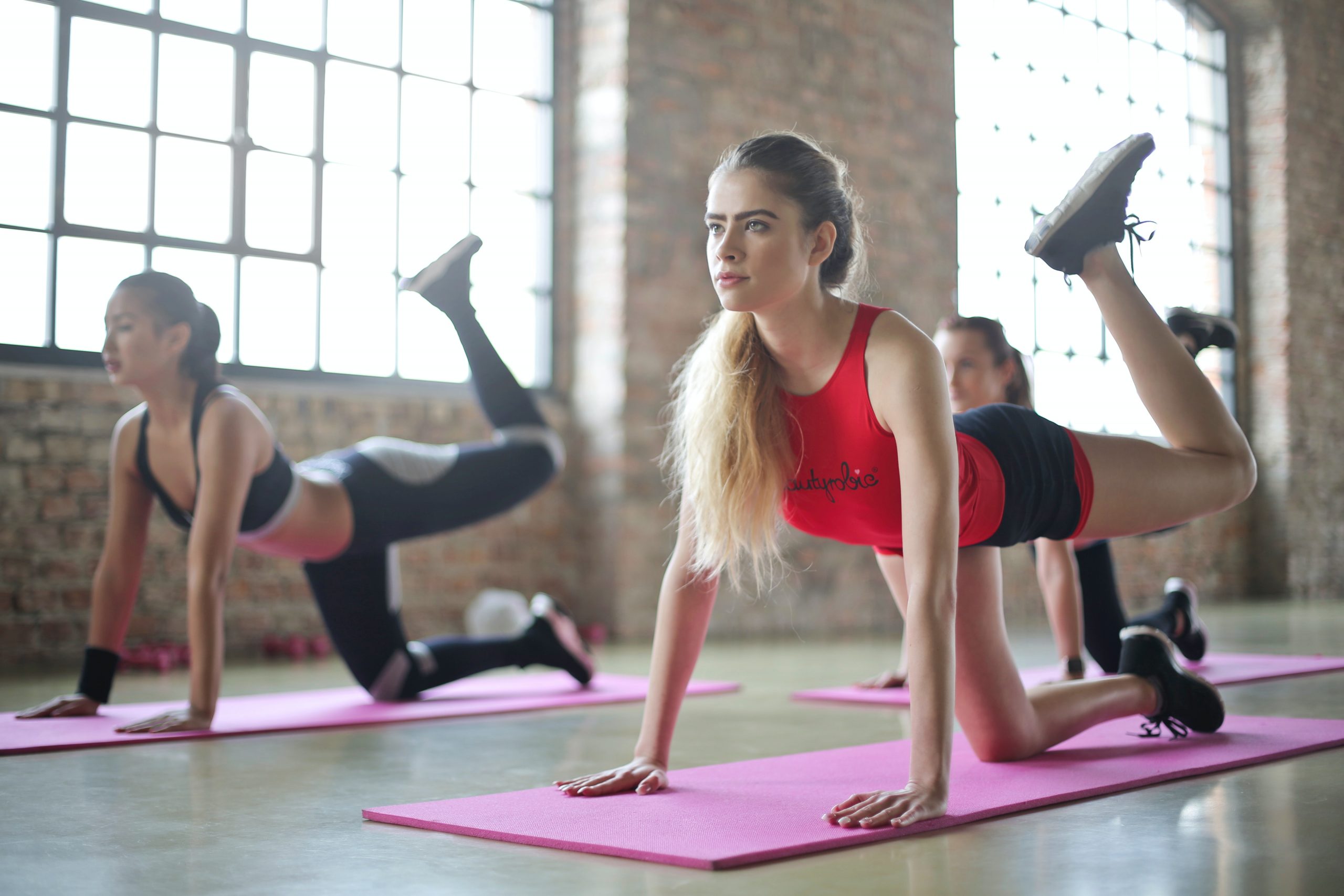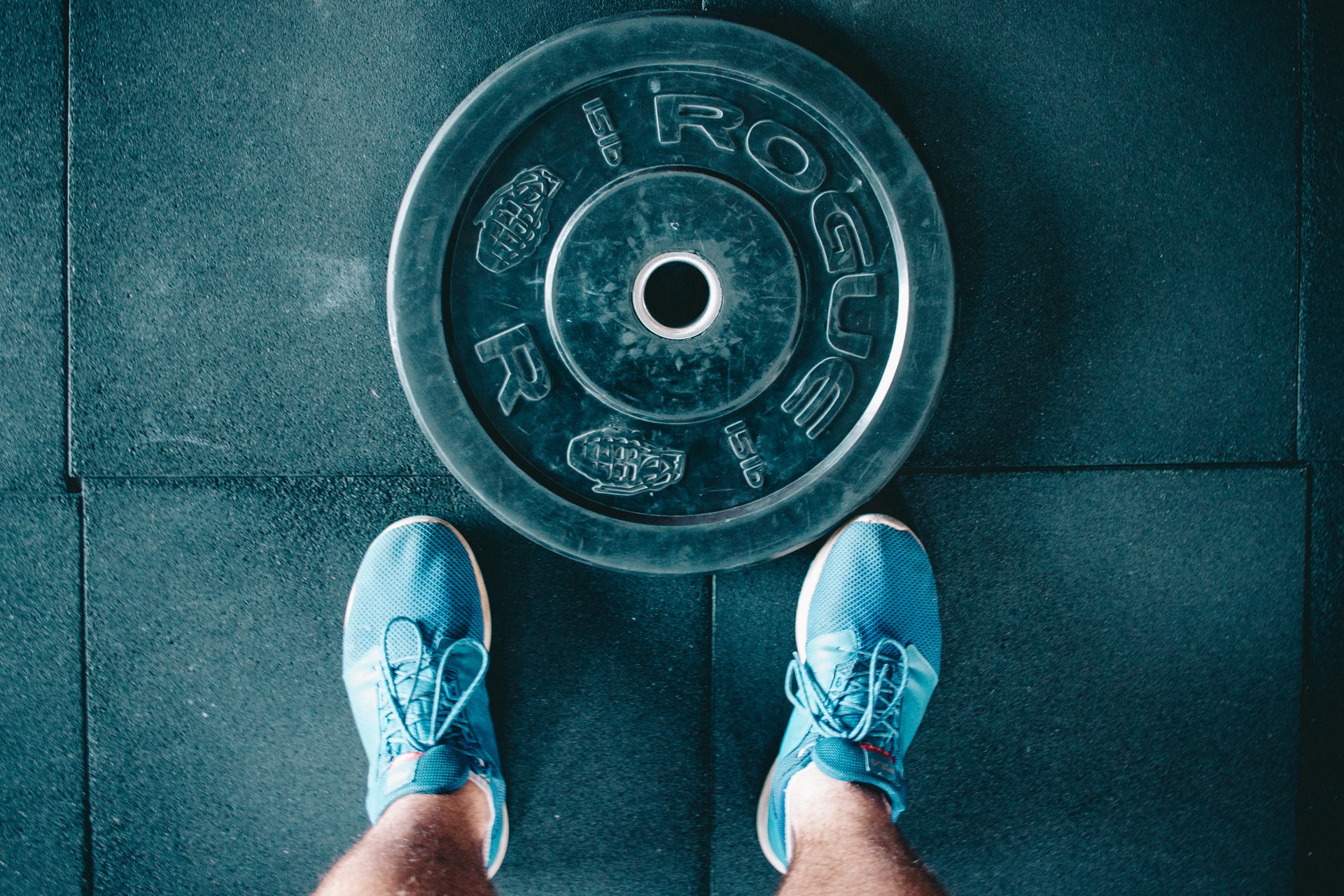Do images of chiseled abs and bulging biceps come to mind when you hear the words “get in shape,” or do you have something else in mind? According to Healthline, starting a health and fitness routine may take more than six weeks to see results in the mirror. However, you will begin to reap the benefits of exercising in as little as 14 days. Physical fitness will come as long as you stick with it.
What Does “Becoming Fit” Look Like?
There are numerous advantages to getting in shape and multiple methods. It’s helpful to understand the five components of physical fitness to find the path that’s right for you.
Body Structure
Body composition is calculated by dividing the amount of fat in your body by the amount of muscle mass. Healthy body composition is essential for overall health and can aid in the prevention of heart disease and diabetes. Precision Nutrition recommends a healthy body fat range of 10 to 20% for men and 20 to 32% for women. Anything less is considered athletic.
When most people say they want to get in shape, they are referring to this aspect of fitness. It’s essential for shaping the body to make you feel attractive and confident. There are several methods for calculating body fat.
- Tape measure circumference measurements
- Calipers that pinch fat deposits
- The amount of water in your body is measured using bioelectrical impedance analysis (BIA).
- A hydrostatic body fat test, also known as a dunk tank.
A 2016 study published in the American Journal of Clinical Nutrition found that participants who followed a high protein diet combined with an intense exercise regimen saw significant results in less than four weeks. Most personal trainers recommend sticking to a moderate program for at least three to six months before transitioning to a maintenance program for long-term results.
Endurance Cardiorespiratory
Cardiorespiratory endurance is keeping your cardiovascular and respiratory systems in good working order while exercising. Your persistence is good if you can hold a conversation without getting out of breath during moderate activity. Another way to assess your endurance is to compare your heart rate at rest, during your workout, and afterward. The general rule of thumb for exercise heart rate is 220 beats per minute minus your age. For instance, if you are 50, your target heart rate is 220-50 or 170 beats per minute. However, this will vary depending on your fitness level and any medical conditions that may affect it, such as asthma or low blood pressure. Your endurance is above average if your heart rate quickly returns to normal after exercise.
A 1991 study confirms that starting a consistent cardio program will increase your endurance level within two to four weeks. This is roughly how long it takes for the initial soreness to go away, for you to notice an increase in energy, and for you to be able to breathe more easily during workouts and at rest. If you want to run a 5k or a 10k, start training at least 60 days ahead of time so you can gradually increase your mileage.
Muscular Power
The ability to use your muscles and enantato de testosterona to full potential is a fitness component. Consider the heaviest weight you can lift on a bicep curl or the most pounds you can carry while attempting a single squat. That is your muscular power. If your primary goal is to lose weight or body fat, you may be tempted to overlook the importance of muscular strength in getting in shape. Don’t make this error. The stronger your muscles become, the more they will grow and define themselves. Physical strength will make all of your workouts easier in the long run.
A consistent resistance training routine is required to get in shape with muscular strength. A 2015 study and a 2016 study both reported significant gains in muscle strength and size in two months with as few as three workouts per week. If you’re training for an event, such as a bodybuilding or physique competition, plan to devote at least four to six months to training and meal preparation.
Endurance Muscular
Repetition is the hallmark of muscular endurance. Unlike muscular strength, which asks “how much,” endurance asks “how many” or “how long?” “failure” refers to when your muscular endurance reaches its limit. For example, if you can hold a plank for 60 seconds before collapsing to the floor, you’ve got failure and have 60 seconds of abdominal endurance. Count the repetitions you complete before your arms give out for an exercise like pushups. These are colloquially known as “fitness tests.”
A combination of high repetition strength work and cardio training helped athletes increase muscular endurance in less than six weeks, according to a 2017 study. Planks, pushups, squats, lunges, situps, and isometric back extensions can be used to test your muscular endurance if you’re interested in this method of getting in shape. To see results, include one exercise from each major muscle group in each workout.
Flexibility
Flexibility is the ability to move your joints through their entire range of motion. It is the most frequently overlooked component of a fitness program. However, it is critical to maintain balance. Many people are injured while working out or performing everyday tasks due to a lack of flexibility. Not only will increasing your flexibility help you avoid injury, reduce muscle tension, and relieve joint pain. It will also improve your muscle firing efficiency, allowing you to use less energy to lift heavier weights, move with more power and speed, and improve your balance and agility.
A 2012 review of the literature on flexibility found significant increases in participant flexibility at the end of 10-week programs of varying modalities. The most effective method for lengthening muscles was assisted stretching. A combination of strength, cardio, and extension is recommended to maintain power and functional range of motion.
Your Recipe for Getting Fit
There are always ways to improve your fitness level, whether highly sedentary or extremely active. The time it takes to get in shape is determined by the healthy habits you are willing to adopt.
- Work out for at least 20 to 30 minutes three to five times per week.
- Adopt a nutritious diet.
- Meditation, massage, and other stress-reduction techniques can help.
Begin Right Now
Just keep in mind that getting in shape isn’t a destination. It is a continuous process. Rather than focusing on how long it takes to get in shape, concentrate on developing the habits. You can start reaping the benefits of better health through fitness by eating well and moving your body. You will notice the benefits of working out and eating correctly within two weeks. Your body fat will decrease, and your muscle mass, strength, and endurance will increase within four to eight weeks. Flexibility will soon follow. When your current routine becomes too easy, you must increase the intensity to the next level. This is a continuous process; as your fitness level improves, you will feel stronger, more energized, and more self-assured. If you want to keep seeing fitness improvements, gradually increase your effort until you are ready to maintain them.






